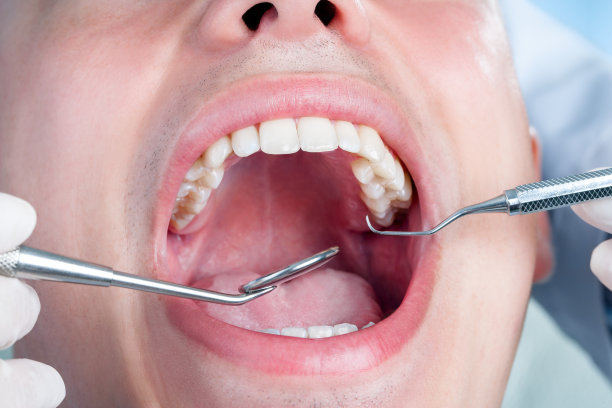Understanding the Process and Importance of Extracting a Tooth in Dental Healthcare for Improved Oral Hygiene and Comfort
Summary: Tooth extraction is a crucial dental procedure that serves both therapeutic and preventive purposes in dentistry. It can significantly improve oral hygiene by eliminating problem teeth, which can harbor infections and lead to further complications. This article delves into the essential aspects of tooth extraction, covering its role in overall dental health, the procedural aspects of extraction, the post-extraction care necessary for a speedy recovery, and the long-term benefits of extractions for improved comfort and well-being. Understanding these factors is essential for patients to make informed decisions regarding their oral health.
1. Role of Tooth Extraction in Dental Health

Tooth extraction plays a significant role in maintaining optimal dental health. When teeth become severely decayed, infected, or damaged beyond repair, extraction can be the best option to safeguard surrounding teeth and prevent the spread of infection. This procedure mitigates pain and discomfort associated with problematic teeth, thus promoting better overall oral hygiene.
Moreover, tooth extraction can alleviate misalignment issues arising from overcrowding. In cases of orthodontic treatment, the extraction of specific teeth may be necessary to create enough space for proper alignment of remaining teeth, ultimately leading to improved aesthetics and functional bite.
Regular dental assessments can help identify situations where extraction is beneficial. Dentists utilize X-rays and physical examinations to determine the health of each tooth, ensuring that any extraction performed is justified and advantageous for the patient’s long-term dental health.
2. The Procedure of Tooth Extraction Explained
The extraction process itself is a well-defined procedure that prioritizes patient comfort and safety. It typically begins with a thorough evaluation by the dentist, who will discuss the need for extraction and explain the steps involved. Anesthesia is then administered, ensuring the patient feels no pain during the procedure.
An extraction can be classified as simple or surgical. Simple extractions involve visible teeth that can be easily removed, while surgical extractions concern teeth that have not fully erupted or are broken below the gum line. The dentist utilizes specialized instruments to carefully remove the tooth, considering the unique structure of each individual’s mouth.
After the extraction is complete, the dentist will provide instructions to manage any discomfort and promote healing. Knowing what to expect during the extraction can help alleviate any anxiety patients may have about the procedure.
3. Post-Extraction Care Essential for Recovery
Post-extraction care is vital to ensure a quick and smooth recovery. Immediately following the procedure, patients are usually advised to bite down on gauze pads to stop any bleeding. It’s crucial to follow the dentists instructions regarding when to change the gauze and how to manage swelling and discomfort.
Over the next few days, patients will need to adhere to specific dietary restrictions. Soft foods are recommended while avoiding anything spicy, crunchy, or hard that could irritate the extraction site. Staying hydrated is equally important, but patients should be cautious not to use straws, as the suction can dislodge the blood clot that forms in the socket.
In addition to dietary considerations, maintaining proper oral hygiene is essential. Patients should gently rinse their mouths after 24 hours with a saltwater solution to aid healing. This diligent care can significantly reduce the risk of complications, such as infections, and ensure a faster recovery.
4. Long-Term Benefits of Tooth Extractions
While the initial decision to extract a tooth may seem daunting, the long-term benefits are substantial. Post-extraction, patients often experience reduced pain and improved quality of life, particularly if the tooth being removed was a source of chronic discomfort. Freed from such pain, individuals can enjoy a more comfortable and functional mouth.
Furthermore, tooth extraction can enhance oral hygiene practices. With fewer teeth to maintain, patients may find it easier to perform effective brushing and flossing. This ease leads to improved oral health over time, reducing the likelihood of further dental complications down the road.
Lastly, for those considering orthodontic treatment, successful extractions can pave the way for a straighter smile. As an individuals teeth shift into better alignment, the enhancement in aesthetics not only boosts self-esteem but also contributes to functional health, balancing the overall bite and reducing wear on remaining teeth.
In summary, understanding the process and importance of tooth extraction is pivotal for patients navigating their oral health journey. The decision to extract a tooth may lead to immediate relief from pain and long-term benefits in preventing future dental issues. It fortifies the notion that proactive dental care is essential for ensuring a healthy mouth.
This article is compiled by Vickong Dental and the content is for reference only.


